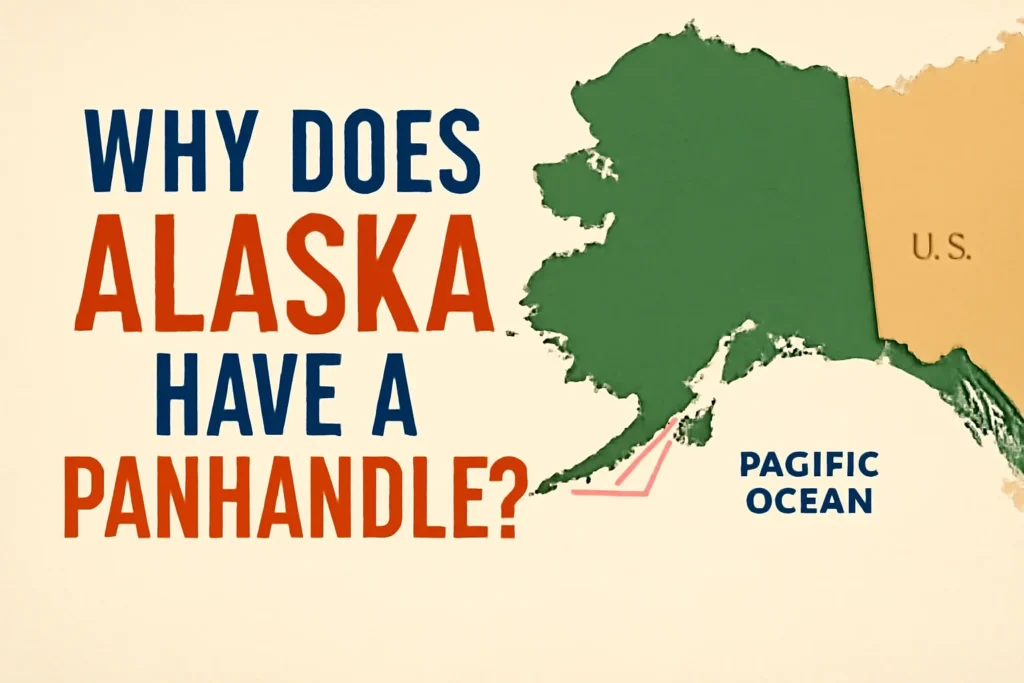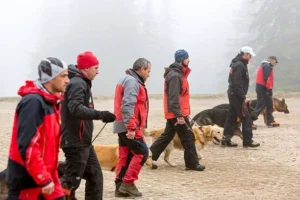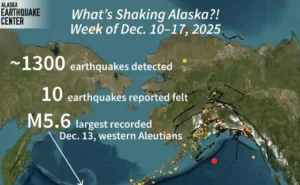Alaska’s panhandle is one of the most fascinating features of the state. Stretching 500 miles along the Pacific Ocean and bordered by Canada, it’s a narrow, elongated strip of land that connects Alaska to the sea. But why does Alaska have this unusual geographical feature? The answer lies in a mix of historical negotiations, territorial disputes, and geographical necessity. Let’s explore the story behind Alaska’s panhandle.
The Geography of the Panhandle
The panhandle is a narrow corridor of land that extends along the southeastern coast of Alaska, creating a unique connection to the Pacific Ocean. This region is separated from the rest of Alaska by the rugged terrain of British Columbia, Canada. It is Alaska’s only land connection to the outside world, which makes its geographical position extremely important.
The Russian Influence and the U.S. Purchase
Alaska’s history as part of the Russian Empire plays a critical role in the formation of the panhandle. Before the U.S. acquired Alaska, the region was under Russian control from the 18th century. However, in 1867, the Russian Empire sold Alaska to the United States for $7.2 million in a transaction famously known as “Seward’s Folly.” At the time, many criticized the purchase, believing the land was barren and uninhabitable.
However, the true value of Alaska became apparent later with the discovery of natural resources like gold, oil, and timber. The U.S. purchase was finalized without fully defined borders, which led to ongoing territorial disputes with Canada, particularly over the panhandle region.
Resolving the Border Dispute: The 1906 Treaty
The U.S. and Canada had to resolve several border disputes, including one over the panhandle. The issue was finally settled in 1903 when a boundary treaty between the two countries determined that the U.S. would control the panhandle, securing access to the Pacific Ocean. This agreement solidified the geographic boundary that shapes Alaska as we know it today.
The Strategic Importance of the Panhandle
The U.S. and Canada had to resolve several border disputes, including one over the panhandle. The issue was finally settled in 1903 when a boundary treaty between the two countries determined that the U.S. would control the panhandle, securing access to the Pacific Ocean. This agreement solidified the geographic boundary that shapes Alaska as we know it today.

Key Stats and Facts:
- Length: 500 miles long, making it the longest panhandle in the U.S.
- Population: Approximately 75,000 people live in the panhandle, with Juneau being the largest city.
- Economic Impact: The panhandle generates more than $1.5 billion annually through fishing, timber, and tourism industries.
- Historical Significance: The 1906 border dispute between the U.S. and Canada played a pivotal role in defining the panhandle’s place in U.S. territory.
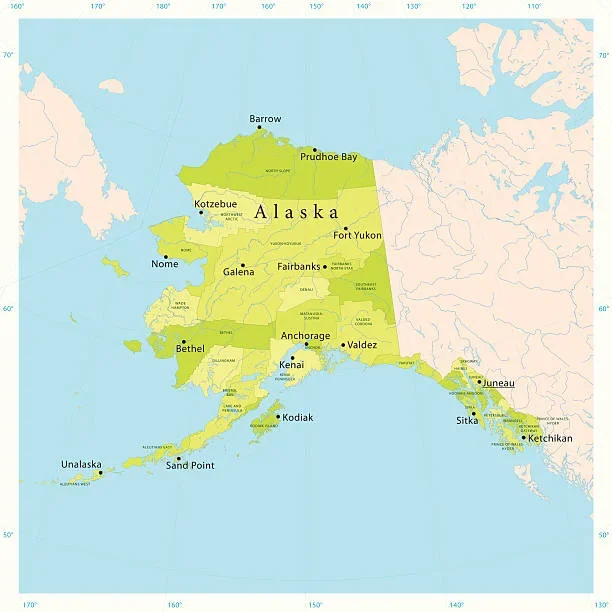
The Role of the Gold Rush
Alaska’s economic development in the late 1800s was also influenced by the Gold Rush, which had a major impact on the panhandle. The 1897-98 Klondike Gold Rush led thousands of miners to Alaska via the panhandle, establishing ports and cities like Skagway and Sitka. This boom in mining activity fueled further development in the region, cementing the panhandle’s importance.
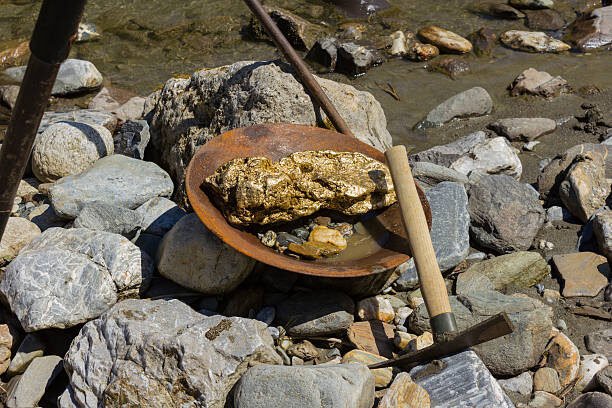
The Impact on Indigenous Peoples
The panhandle was also home to several Indigenous tribes, including the Tlingit and Haida peoples. The arrival of Russian settlers, and later U.S. control, had a profound impact on their land and culture. In the 20th century, the Alaska Native Claims Settlement Act (ANCSA) addressed land claims and provided compensation, but the Indigenous peoples’ legacy in the panhandle is still an important part of the region’s history.
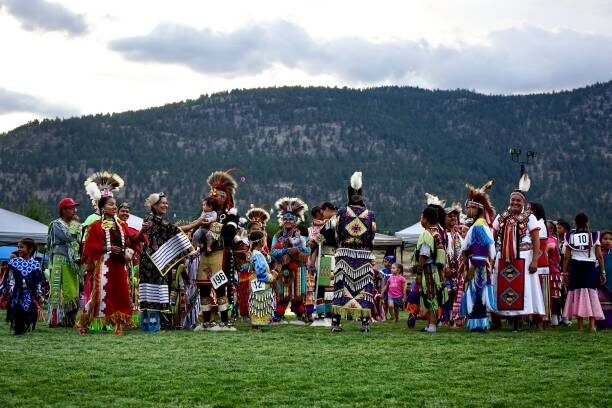
Natural Beauty and Environmental Importance
The panhandle is renowned for its stunning landscapes, including temperate rainforests, fjords, and glaciers. This region is ecologically significant, supporting a wide range of wildlife, including bears, bald eagles, and seals. However, it is also vulnerable to climate change, with rising sea levels and the melting of glaciers threatening the region’s environment.
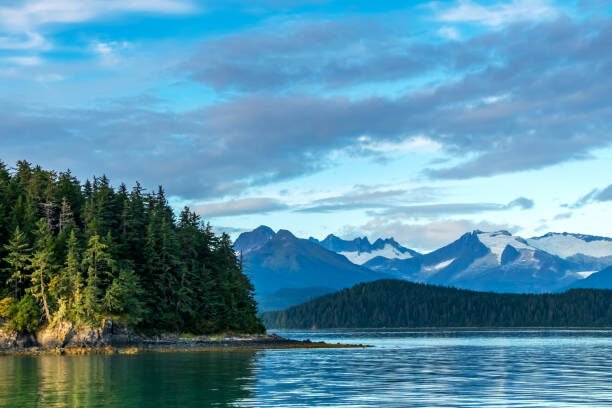
Conclusion
Alaska’s panhandle is more than just an odd geographical feature. It’s the result of a complex historical process involving territorial disputes, political negotiations, and a mix of natural geography. From Russian colonial rule to its modern-day economic and strategic significance, the panhandle has played a key role in shaping Alaska’s identity. Today, it continues to be a vital part of Alaska’s economy, culture, and environmental landscape.






